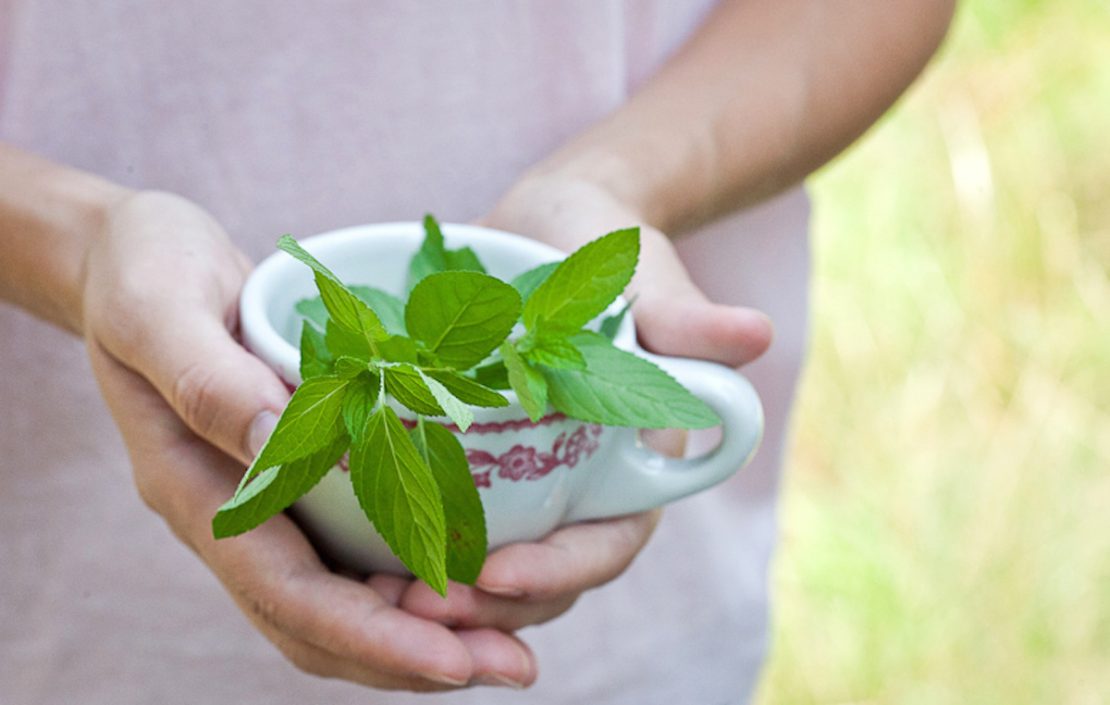
Cooling Recipes for Managing Pitta Dosha
“The brilliance of a raging fire dragon in the city of sparkling gems—such is the nature of pitta” (Tiwari, 1995, p. 48). Ayurveda teaches that summer is ruled by pitta dosha, and pitta is composed of fire and water. Temperatures are on the rise, as is the need and desire to stay cool. If you are in search of cooling recipes and tips for managing pitta dosha in the summer, you are in the right place! This post will outline some key features of pitta dosha, as well as a couple of tasty, easy recipes that will help keep you cool during the hot months.
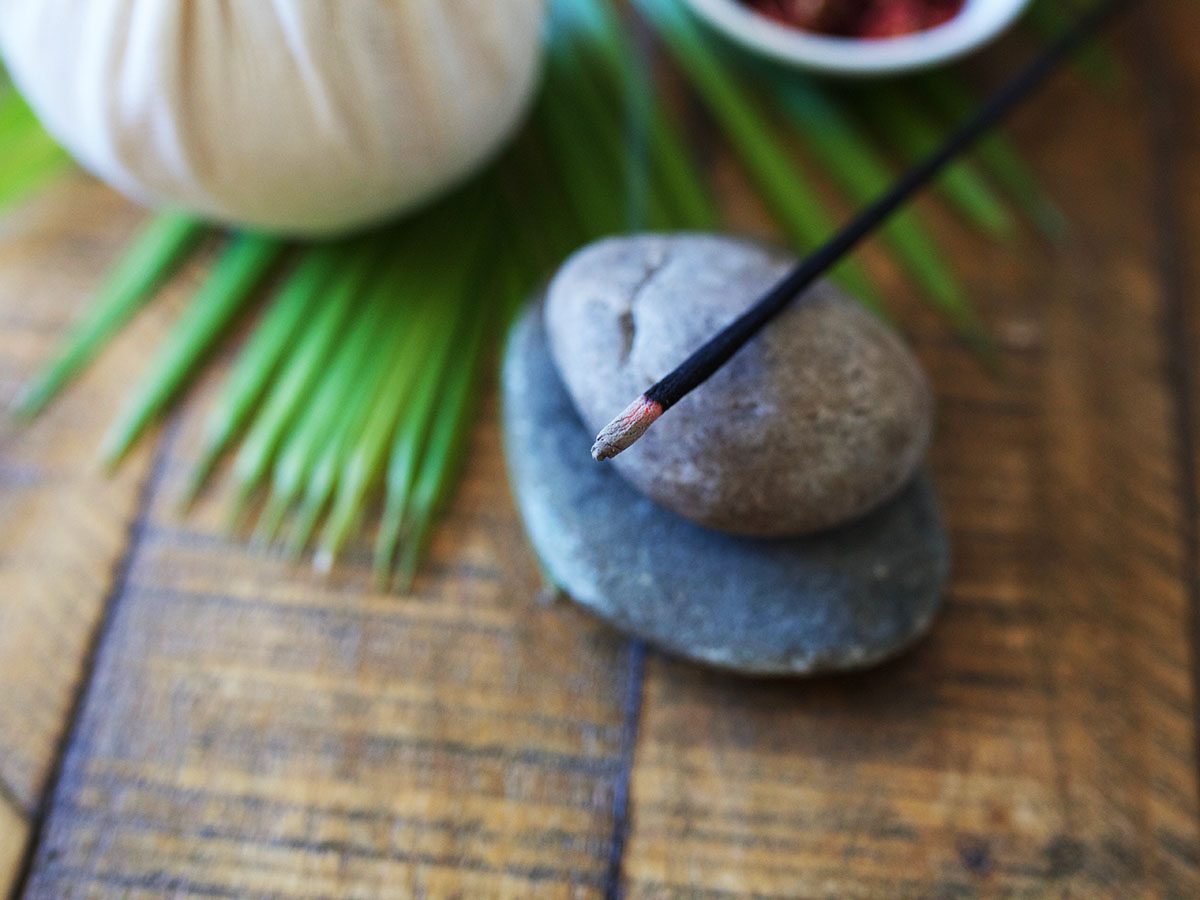
Meet the Fire Dragon
Ayurvedic practitioner, teacher, and author Maya Tiwari (1995) poetically likens pitta dosha to a fire dragon. This is because pitta dosha is fiery, fierce, and passionate. Though pitta is composed of fire and water, fire predominates with pitta types. For those with a strong pitta constitution, fire and heat manifest in a number of ways. Pitta types tend to run warm physically, have good circulation, and they may present with fiery emotions, such as anger, judgement, and impatience. On the other hand, these passionate, driven types can also be great leaders and teachers, and are often highly organized and self-motivated. Here are a number of common characteristics of pitta dosha. Someone with a pitta constitution may not present with all these attributes, but will likely relate to a number of them.
- Strong appetite, and may crave spicy, acidic foods
- Is irritated by heat, prefers cool temperatures
- Medium, athletic build
- Sleeps soundly and awakens easily in the morning
- Competitive
- Organized
- May be prone to loose stools, burning indigestion
- May be prone to rashes, redness, and skin irritation
There are many other ways to determine if someone has a pitta constitution, but the above list gives some idea. If you suspect that you are a pitta type, you will want to take measures to stay cool—physically and mentally. This is especially true during the summer.
As I mentioned earlier, summer is pitta season. This means that the characteristics of pitta dosha—heat, intensity, mobility, and sharpness—come out strongly during the warmer months. So even if you are a cool-as-a-cucumber kapha type or a light and airy vata type, summer is generally a good time to keep pitta dosha in check.
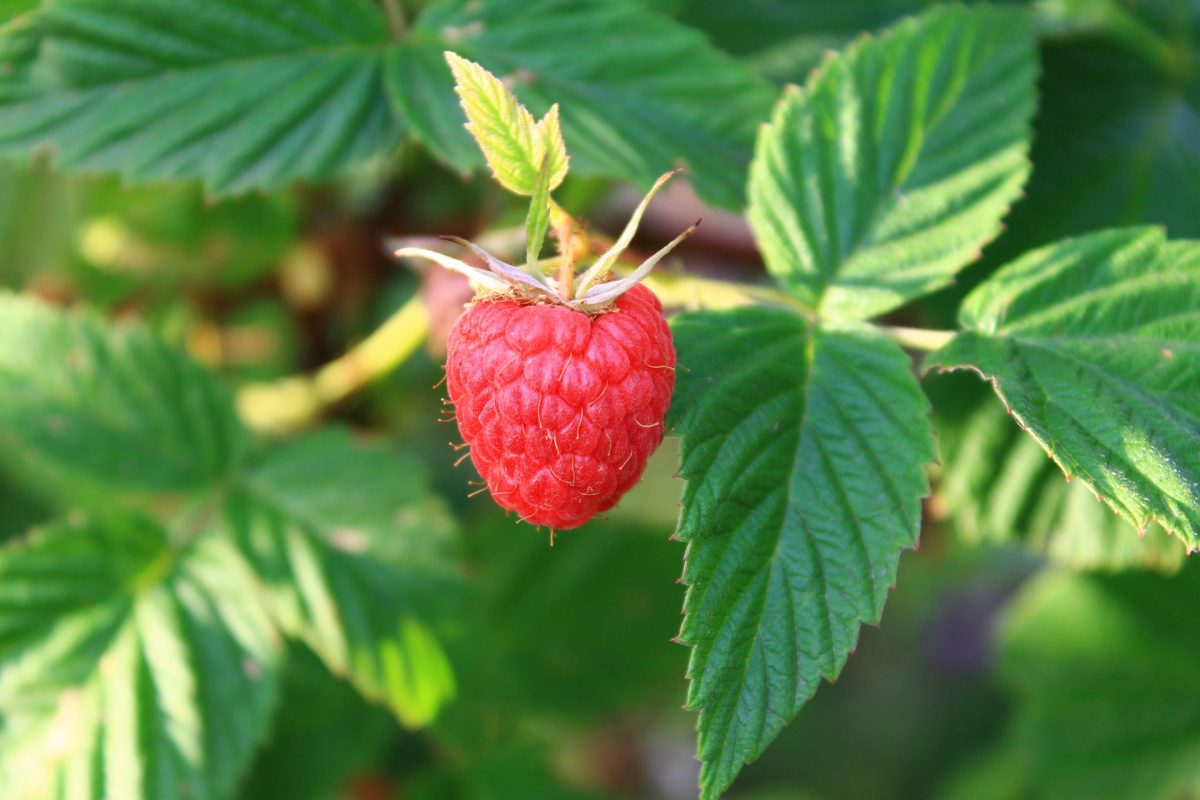
Chill Out With Cooling Recipes—Managing Pitta Dosha
Managing pitta dosha means balancing body and mind. In a future post, I will cover mood and mental support for pitta dosha. In this post, I am shedding light on a few ways to cool pitta down physically, one of which is with cooling recipes.
Best Tastes for Keeping Cool—Sweet, Bitter, and Astringent
Ayurveda has a beautiful, perhaps poetic way of describing which foods to emphasize for cooling recipes and which to avoid. The model is based on a qualitative or energetic understanding of food and is individualized per the dosha. Rasa, or taste, is a key aspect in understanding how Ayurveda classifies food.
According to Ayurveda, there are six tastes (rasa):
- Sweet
- Salty
- Sour
- Bitter
- Pungent
- Astringent
Each taste increases certain doshas and decreases others. For instance, foods and herbs that are classified as sweet generally balance/pacify pitta and vata doshas while increasing kapha dosha. We all benefit from including all six tastes in our daily diet. However, kapha types require less sweet taste and vata and pitta types benefit from more of it. Furthermore, the sweet, bitter, and astringent tastes are typically cooling. (Ayurveda describes this as having a cool virya—cool energy.) Conversely, the salty, sour, and pungent tastes are generally heating or warming. (I say generally because there are exceptions.)
There is much ground to cover when you start to learn about the six tastes and their effects on the doshas. However, to keep it simple, let’s focus on what is best for pitta dosha. Since pitta is hot by nature, the cool tastes—sweet, bitter, and astringent—are balancing for pitta dosha. This means pitta types do well when they emphasize foods with these tastes. Also, summer is a good time for all of us to focus on foods with a cooling energy. If you are thinking, “sweet, bitter, and astringent…sign me up!” let’s take a look at several foods, and a couple of cooling recipes, that embody these summer-friendly tastes (Lad & Lad, 2009).
- Sweet: coconut, cucumber, dates, ripe apple, ripe banana, figs, raspberries, beets, rice, pomegranate, oats, sunflower seeds, tofu
- Bitter: bitter melon, dandelion greens, kale, cumin, neem leaves
- Astringent: aduki beans, persimmon, pomegranate, green mango, cabbage, raw carrots, raspberries, sunflower seeds, tofu
You may notice that some foods—such as pomegranate, raspberries, tofu, and sunflower seeds—are on more than one list. This is because many foods are characterized by more than one taste. So, it is important to pay attention to the taste (rasa), as well as whether the food is classified as cooling or warming. Much of this is intuitive, and it is always wise to let your gut be your guide, but referring to an ayurvedic cookbook or reference book such as Usha and Vasant Lad’s Ayurvedic Cooking for Self-Healing can be helpful if you would live to take a deeper dive.
If you are new to Ayurveda, learning about this theoretically can make your head spin a little, so let’s put theory into practice and take a look at a couple of simple, tasty, cooling recipes for summer. Both of these recipes feature cucumber, which is considered cool and sweet. Also, avocado (found in the second recipe) is astringent and cooling (Lad & Lad, 2009).
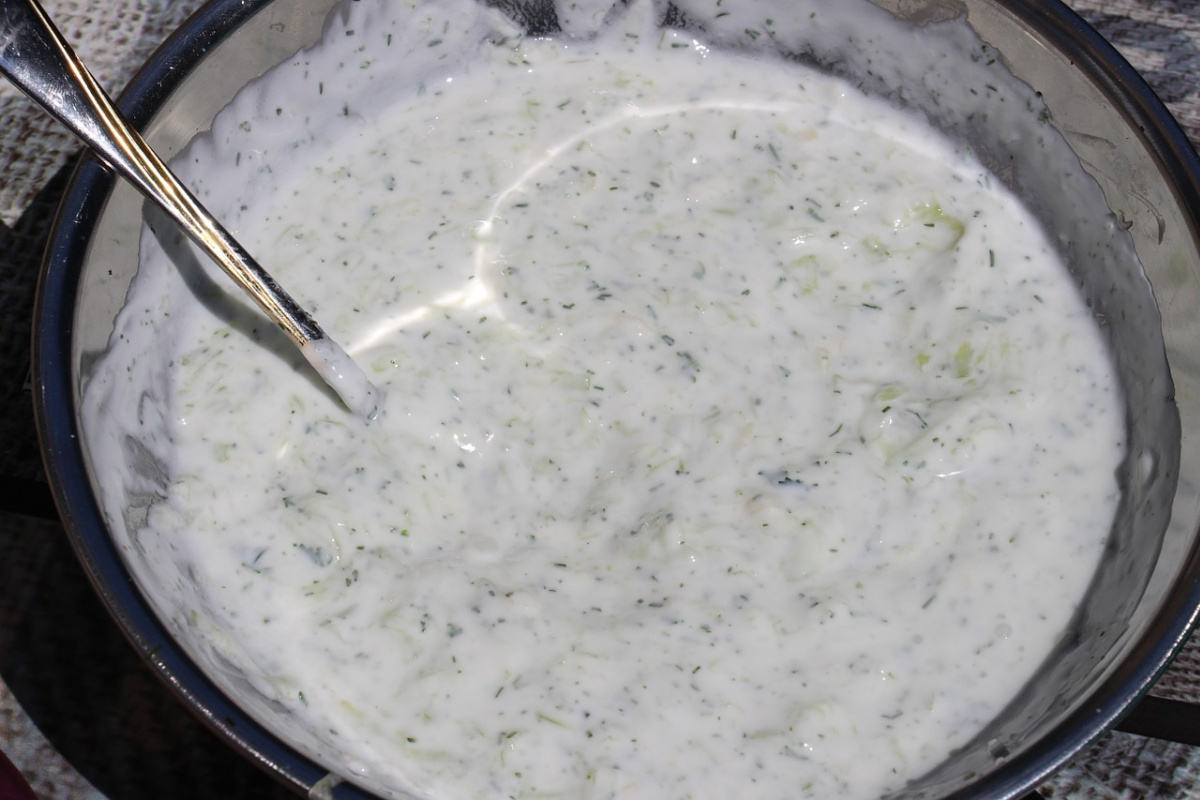
Adapted from Kate O’Donnell’s The Everyday Ayurveda Cookbook.
Raita (pronounced rahy-tuh) is a condiment or side dish commonly found in Indian cuisine. It is wonderful for balancing out the heat of a spicy meal, and can be enjoyed in many ways. Featuring cucumber and mint, this simple side dish is the perfect addition to any summer meal or snack. This cooling recipe is so simple to prepare, you will wonder why you don’t make raita all the time!
1 medium-sized cucumber, peeled To Use: Eat this refreshing cucumber-mint raita alongside curry dishes or over roasted vegetables. You can also use it as a dip, spread, or salad dressing.
Cucumber Mint Raita
1 cup full-fat or greek yogurt (dairy or your favorite plant-based alternative works well)
5-10 fresh mint leaves
¼ teaspoon ground black pepper (Piper nigrum)
¼ teaspoon coriander powder (Coriandrum sativum L.)
a dash of salt
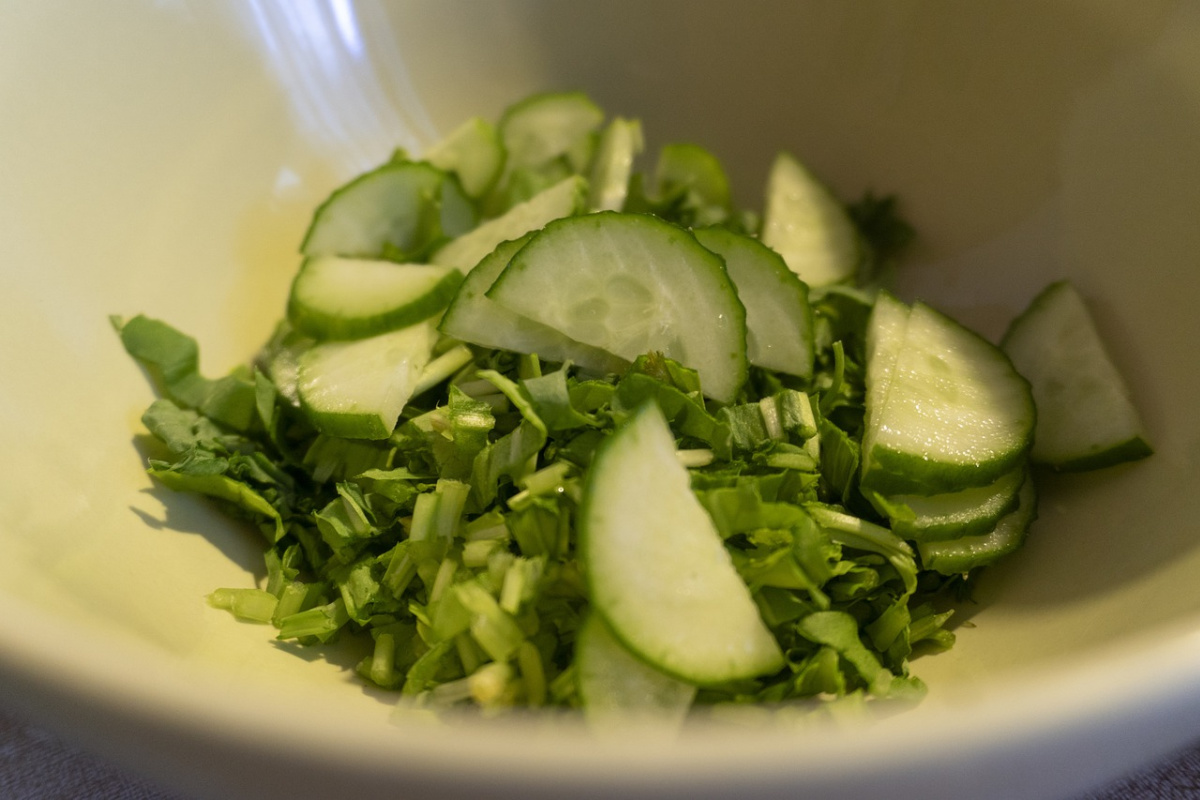
Inspired by Kate O’Donnell’s Avocado and Cucumber Salad
Another simple, no-cook recipe, this cooling salad is easy to prepare. It is light enough for hot summer days, and yet the avocado adds just a bit of substance. Cucumber and avocado plus fresh herbs make this the perfect small meal or side dish for keeping pitta dosha in check.
1 medium cucumber To Use: This light, satisfying, cooling salad makes a great appetizer, snack, or side dish. Keep refrigerated.
Cucumber-Avocado Salad with Mint and Parsley
1 medium avocado
8-12 fresh mint leaves
1 tablespoon fresh parsley leaves, finely chopped
juice of ¼ -½ lemon
a pinch of salt
olive oil to taste
In Closing,
The warmer months are a wonderful time to experiment with easy-to-prepare cooling recipes. Cucumber, avocado, fresh herbs, and other seasonal fruits and veggies form the perfect base for salads, dressings, cool soups, and other summer-friendly fare. Though this is just a cursory introduction, I also hope that you have gained a bit of knowledge about pitta dosha and how to stay balanced during the summer.
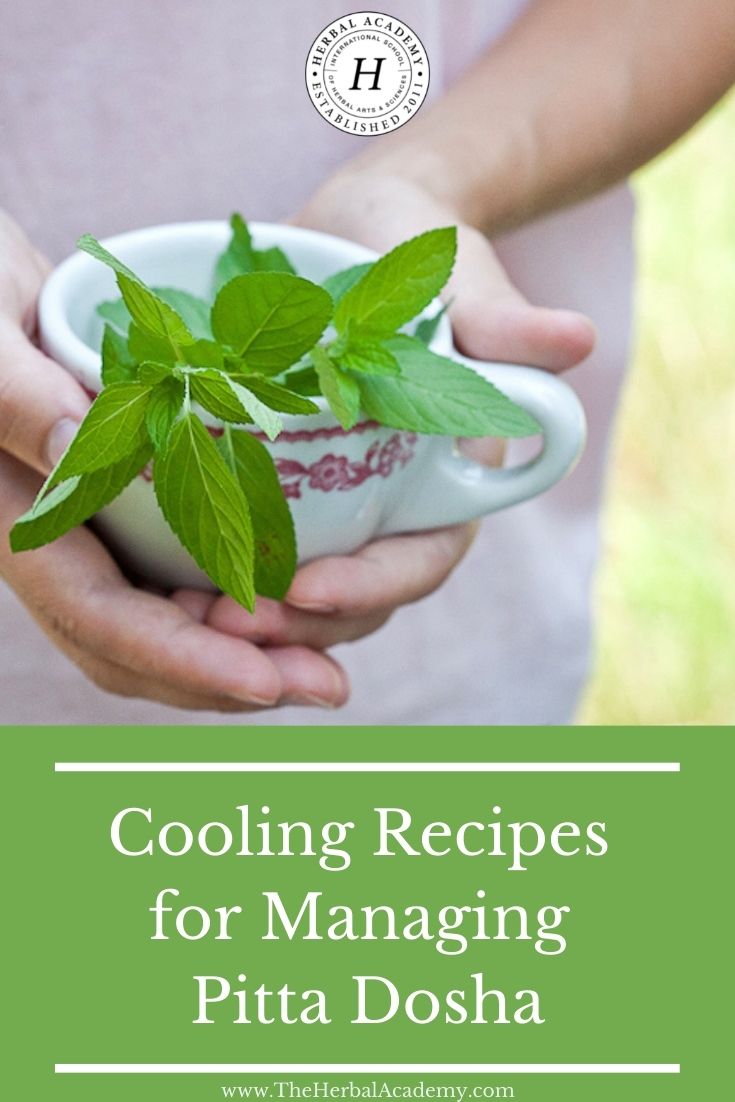
REFERENCES
Lad, U., & Lad, V. (2009). Ayurvedic cooking for self-healing. Albuquerque, NM: The Ayurvedic Press.
O’Donnell, K. (2015). The everyday ayurveda cookbook. Boulder, CO: Shambhala.
Tiwari, M. (1995). A life of balance: The complete guide to ayurvedic nutrition & body types with recipes. Rochester, VT: Healing Arts Press.








